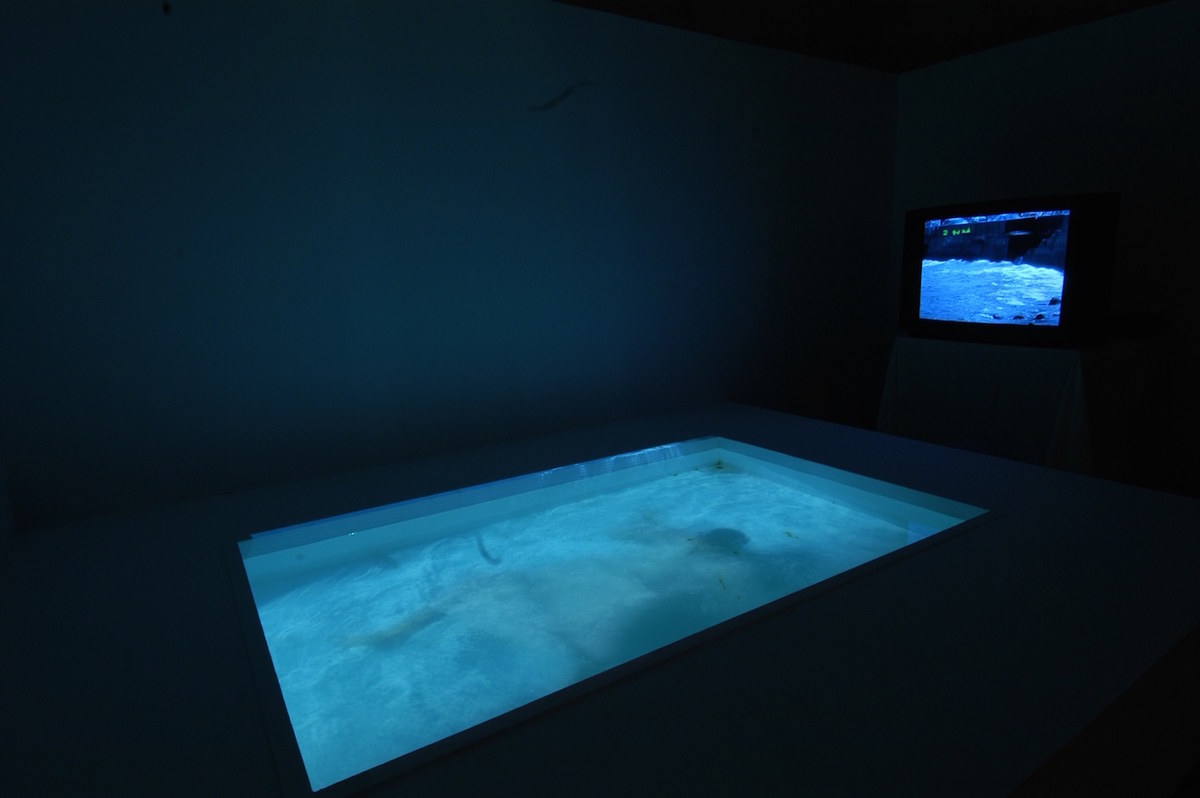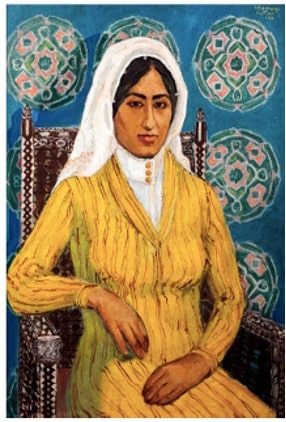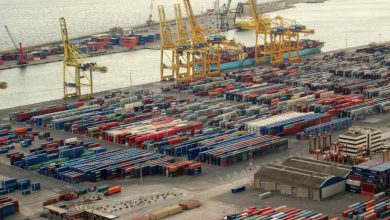Life Style: Saudi actress Aseel Omran fronts new Dior advert

DUBAI: “Within art histories, the Global South has been underrepresented. And within that, the Arab world has been underrepresented. And within texts looking at the greater Middle East, the Gulf has been marginalized. We wanted to reclaim ownership of that space in some way.”
Dr. Aisha Stoby is talking about “Khaleej Modern,” an exhibition she has curated that runs at New York University Abu Dhabi until December 11, and which grew out of Stoby’s research for her PhD, in which she examined the art scene in the Gulf from the mid-20th century up until what she refers to as “the cultural boom, which I pin to 2008.”
The GCC countries were not seen as rich sources of art at that time, not just by Westerners, but often by those from older countries in the Arab world too, as Stoby discovered during her research.
“Even in instances where it was unexpected, I was faced with that sort of pushback. I asked some very well-known artists from the Middle East if they’d been to the GCC and what interactions they’d had with artists here, particularly in the Sixties, Seventies and Eighties. And I had some very surprising answers,” Stoby tells Arab News. “Some positive, but some — surprisingly for our neighbors — negative; dismissing the art scenes that took place.”

It was, in large part, frustration at the paucity of information available to counter such attitudes that led Stoby to delve deeper.
“There’s a sparsity of material. And it’s very dispersed; there are a lot of books that are out of print, and the region is not generally looked at as a whole,” she says. “(The Gulf art scene) has not generally been viewed as collectives that have crossed borders — the things which join us as nation states: The prosperity that came with oil, the ongoing conversations about tradition and modernity, and the fractures that that can create, as well as the progress, and how that could be perceived. So, (my research) came from wanting to compile a more accurate archive (that could give) more visibility.”
So, visitors to the exhibition will find work from, among others, Saudi-Kuwaiti artist Munira Al-Kazi, whose work in the mid-Sixties was acquired by MoMA in New York and London’s V&A Museum.
“It’s commonplace for institutions throughout the Middle East and in the West today to collect works from the region, but in the mid-Sixties for the MoMA and the V&A to both have decided to collect Munira Al-Kadir’s work is special,” says Stoby.
Visitors will also learn about the collective The Artist Friends of the GCC, which included in its ranks Yousef Ahmad from Qatar and Abdulrahman Alsoliman from Saudi Arabia and for a decade or more from 1975 exhibited around the Arab world, as well as in Europe.

“They were a very cosmopolitan group who had all studied abroad or travelled abroad. Travelling is something that, generally, should be part of an artistic practice: Absorbing different influences and information.”
Stoby says she hopes the exhibition can be “the start of a conversation,” adding: “I suppose the difficulties inherent in the process of making it also point to further discussions that we hope to have.”
Some of those discussions will undoubtedly revolve around the definition of modernism itself.
“If you take the word ‘modernism’ in the context in which it is meant, you realize that the ownership that has been ascribed to it is really fundamentally flawed — it’s an ongoing process in so many of our countries in the Global South, if you look at things from a non-Global North perspective.” Stoby says. “(Indian art historian) Geeta Kapur calls it ‘an incomplete process’ in India, and I consider that to be true of our region as well. It’s ongoing. And that’s what joins us. This conversation of tradition and modernity continues throughout the Gulf and is as present in artists’ work from the 1940s as it is in the last room of the exhibition in 2007. And if we were to have continued the exhibition it would have been present there as well.”
There are several other themes that run through the exhibition: Urbanization, development, society and self-representation. “Again, these are things that join us — our collective experience as a region,” Stoby says.
The sub-title of the exhibition is “Pioneers and Collectives,” which is why, Stoby explains, some artists who may have expected to be included are not.
“In this context, ‘pioneers’ means not just artist, but also founder, teacher, mentor,” she says. “(These are all people) who went on to do really important things for their countries, beyond their practice.”
Noting that the news was copied from another site and all rights reserved to the original source.
xnxx,
xvideos,
porn,
porn,
xnxx,
Phim sex,
mp3 download,
sex 4K,
Straka Pga,
gay teen porn,
Hentai haven,
free Hentai,
xnxx,
xvideos,
porn,
porn,
xnxx,
Phim sex,
mp3 download,
sex 4K,
Straka Pga,
gay teen porn,
Hentai haven,
free Hentai,




